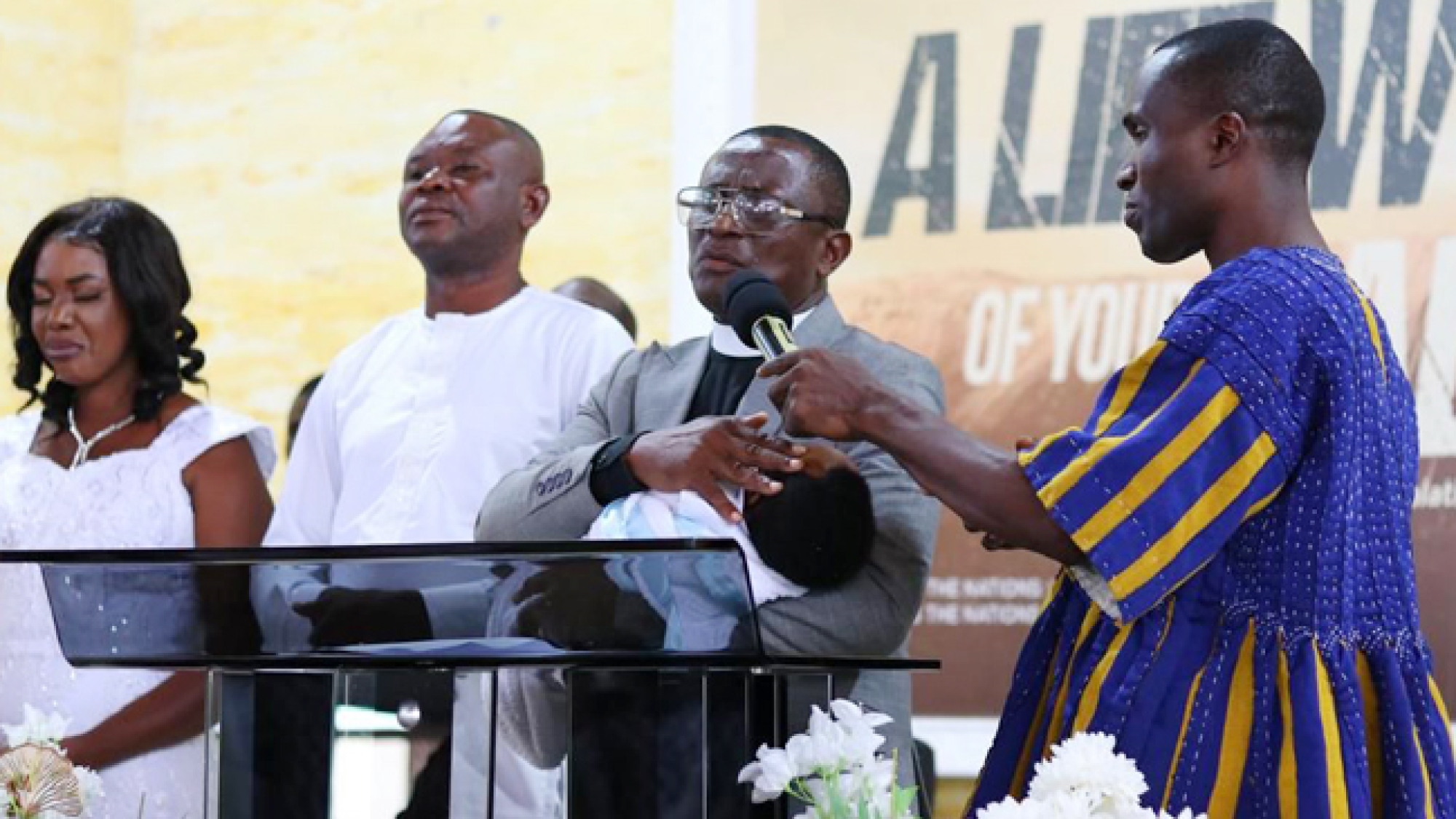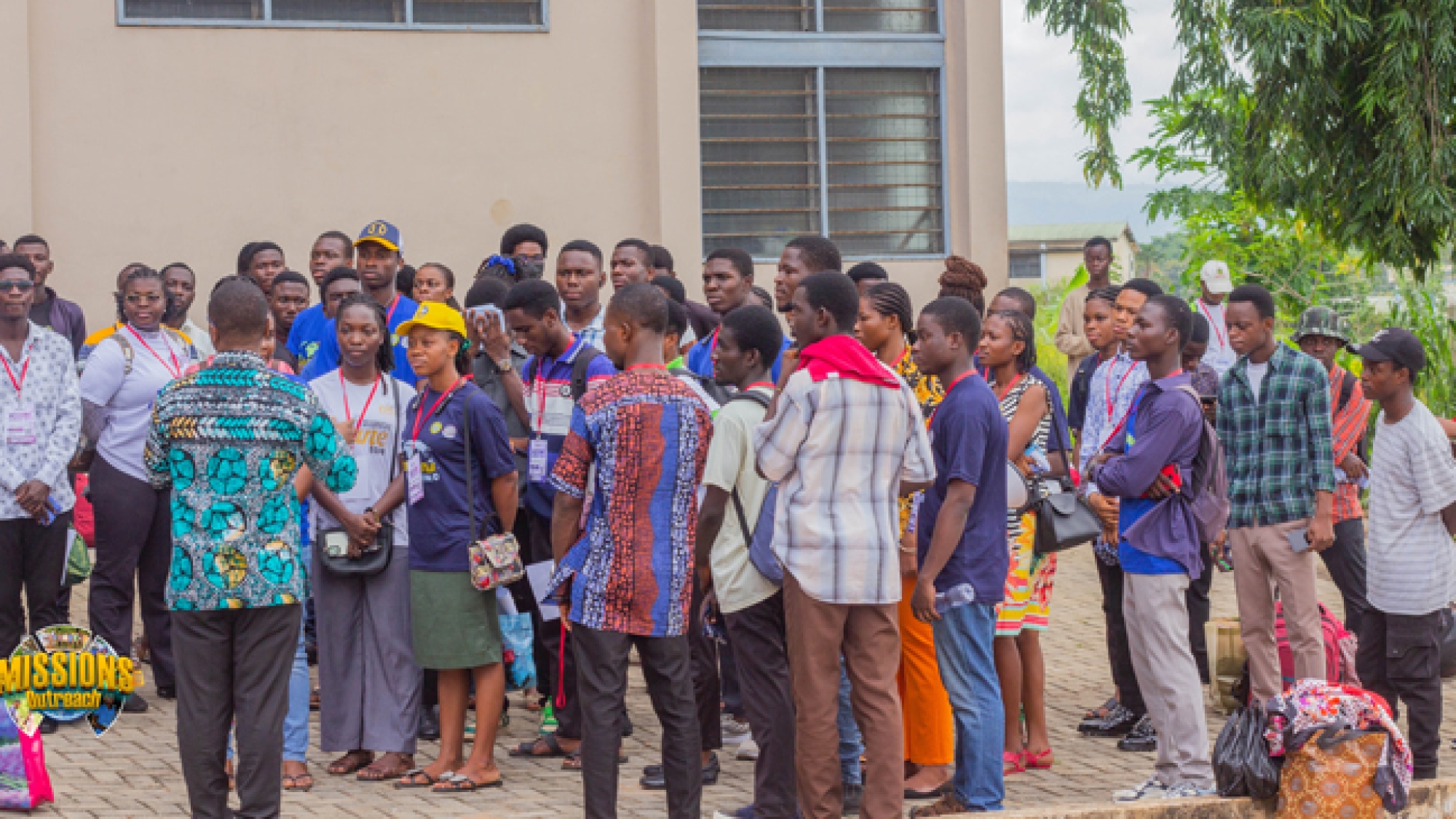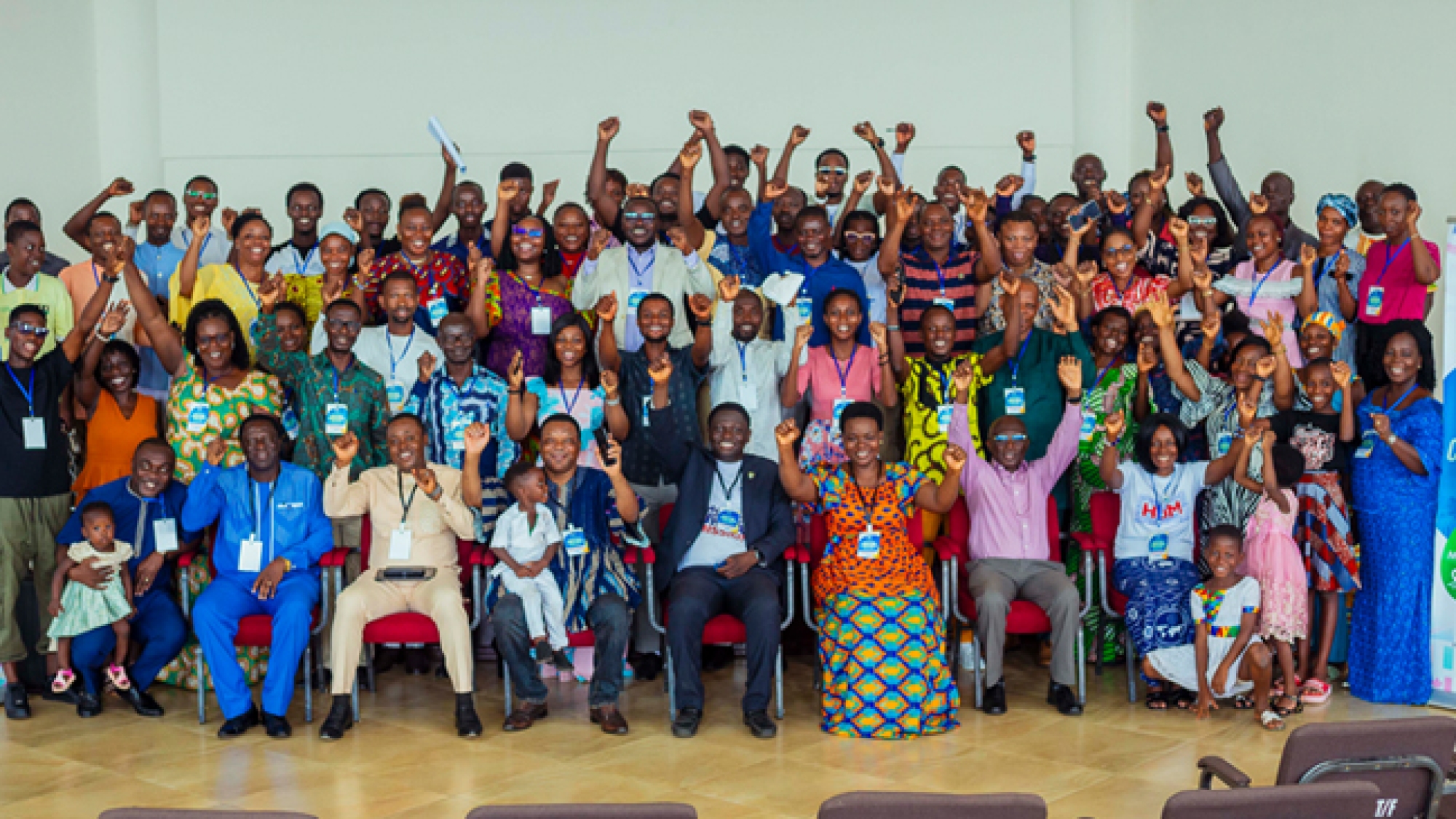The Evangelism Ministry of Ho Dome District in the Ho Area of The Church of Pentecost, on May 17, 2025, visited the Ho Central Prisons and donated assorted items to the facility as part of the National Evangelism Ministry’s Week Celebration.
The church donated bags of rice, sachet water, assorted drinks, toiletries, sanitary pads, fish, among others, to the inmates.
Present were the District Minister, Pastor Mawuena, Mrs Josephine Akoto and Elders Emmanuel Avornyo (Dome Central Presiding Elder) and Ebenezer Adamadu (District Evangelism Leader). Others were Elders CSP Isaac Boakye (District Coordinator, Prisons Ministry) and Elder Seth Amewor, member of the Prison Committee. Some church members were also present.
In a brief exhortation on the topic, ‘There is hope for your future’ based on Jeremiah 31:16-17 and Colossians 1:27, Elder Emmanuel Avornyo encouraged the inmates not to lose hope because there was hope for the future.
He emphasised that hope could only be found in Jesus Christ, and as many as received Jesus had their hope for the future assured. The message led to 27 inmates giving their lives to Jesus Christ.
Receiving the items, Rev. ASP. Courage Atsu thanked The Church of Pentecost for their kind gesture. Expressing his joy over the donation, he noted that the items would go a long way to help the facility.
The Regional Commander of Prisons, DDP Edward Ashun, also thanked the church for their kind gesture.
Report by Emmanuel Avornyo & Enyonam Adjorlolo Dormevenu, Ho.














